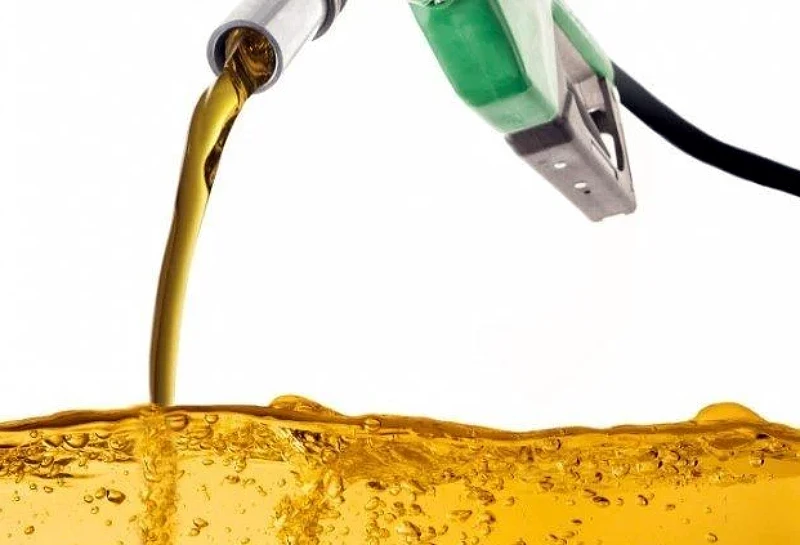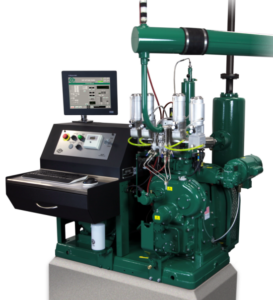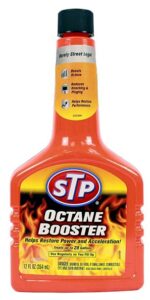ATV Tech: Mysteries of Octane Rating Revealed

Let’s separate fact from fiction.
Myth: Higher Octane Number Means Greater Engine Performance
We’ve all heard that one, right? Pump in some 93 rather than 87 and hold on tight. This is actually quite untrue. What a higher octane rating is good for is allowing an engine to be tuned for greater compression without preigniting (detonation or pinging) to occur. This is why if you were to go overboard in your quad’s compression, you can no longer run pump gas but rather are forced to turn to race fuel – which come in with octane rating numbers of 100 – 120.

So what is octane?
Ask around next time you’re on the trail or at the track. This question will yield some ridiculous, fantastical and often hilarious responses. We’ve heard everything from it’s how flammable the gasoline is to it tells you the ratio of oil to water in the fuel. In truth it’s a pretty simple – it is the measurement of how much pressure (compression) it’s going to take to make the fuel ignite. Thus the lower the number – the less pressure necessary.
How Do They Determine This?
Have you ever looked at that yellow sticker on the gas pump and saw the formula: (R+M)/2 printed just below the octane number? This may look like the reason you failed 9th grade math but it is actually cluing you in on exactly how they came up with that octane rating.

R in this case is short for Research. Specifically the Research Octane Number (RON).
M stands for Motor or the Motor Octane Number (MON).
Sometimes you will see it written out to RON + MON / 2
To arrive at RON, the fuel is run through an engine at idle with low air temp to see when preignition (pinging) occurs. MON, on the other hand, looks for the same results but under much more stressful conditions – higher air temperatures and RPMs.

These two numbers are then added together and divided by two so that they are the average amount of compression needed to get the fuel to detonate at both the light load (idle) and the heavy load of wide open.
Not Performance in a Bottle
A lot of people mistakenly believe that dumping in a bottle of octane booster is an affordable way of increasing engine performance. Not true! Unless an engine is experiencing detonation/ pinging because the octane in the tank is too low, adding octane booster is dumping money down the drain, er fuel filler.

However, fuel that has sat for a long period of time can lose some of its compression resiliency so if you decided to run that gasoline sitting in the lawnmower can since last summer or your machine itself has sat for a long time without fresh fuel, this is when an octane booster can be beneficial.
Bonus Fact:
We hate to burst the myth that race fuel means automatic performance since, in fact, it simply means it’s octane rating is high enough to allow you to build up an engine with a whole lot of compression without worrying about it detonating early in the piston stroke and damaging your pricey internals so let us remind that many blends do mix in beneficial additives like oxygenates. Like the name suggests, these are additives that contain greater oxygen concentration compared to fuel alone (usually alcohol or ether). Oxygenates are capable of enhancing combustion of the fuel/ burning more thoroughly. On the down side, it could also result in burning through 5% more fuel than a non-oxygenated blend.

